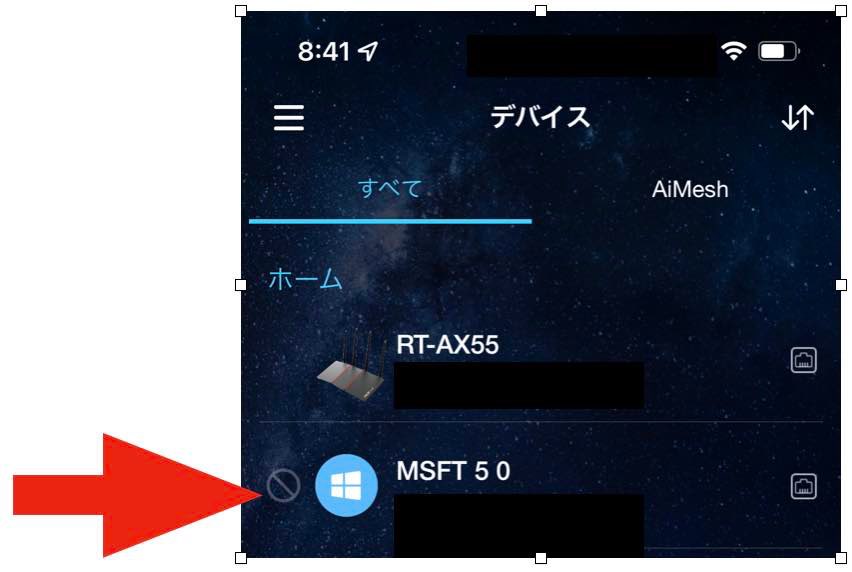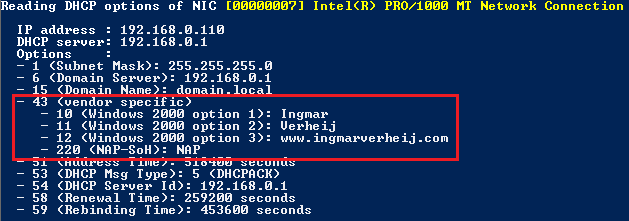DHCP Device Identification Update
Client Device Type Display
Vendor Class Identifier and Client Name Updates
In recent DHCP (Dynamic Host Configuration Protocol) analysis, I observed an updated Client Vendor Name for some Windows-based devices. This value, which previously appeared as "MSFT 50," now reflects a more descriptive device type, such as "WEB MSFT 5 0." This change provides a clearer indication of the device's nature, facilitating network management and troubleshooting.
Furthermore, the Client Vendor Name for Android devices remains "dhcpcd-5 5 6," indicating their operating system and version. This consistent naming convention enhances device identification and allows for differentiated network configuration and handling.
Intentional Device Type Indication
The device type displayed in the DHCP request is not merely informational. It suggests an intentional design choice by device manufacturers to convey specific characteristics about their products. By assigning a unique Vendor Class Identifier for each device type, manufacturers differentiate their devices from others on the network, ensuring appropriate network configuration and optimization.
For instance, while the "WEB" prefix in "WEB MSFT 5 0" implies a network-related function, further analysis of the DHCP request may reveal additional device-specific details.
Conclusion
The updated Client Vendor Name and the inclusion of device type information in DHCP requests provide valuable insights into connected devices on a network. These enhancements streamline network management, improve device identification, and enable more granular network configuration. This evolution in DHCP standards underscores the importance of staying abreast of technological advancements to optimize network performance and security.


Comments